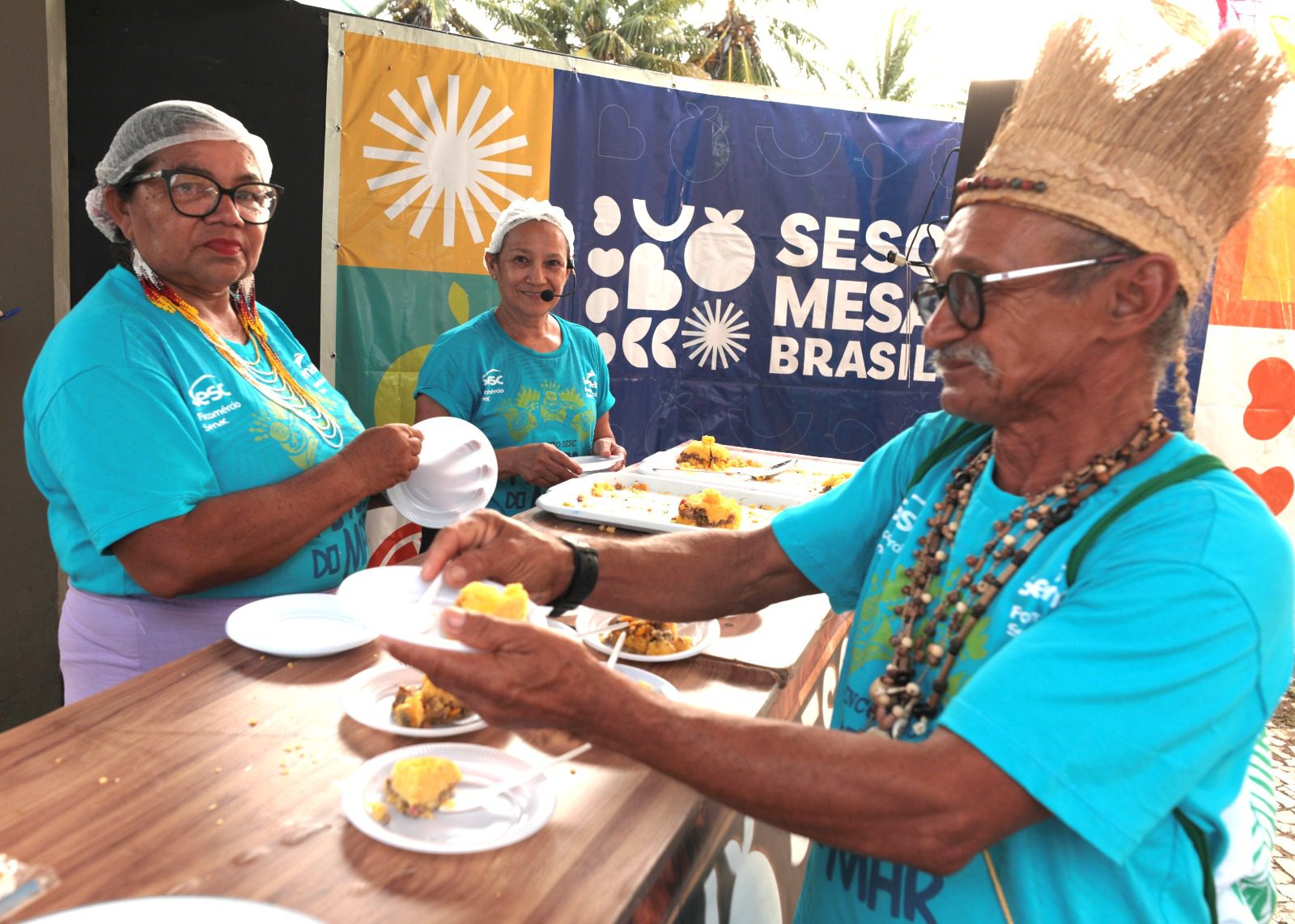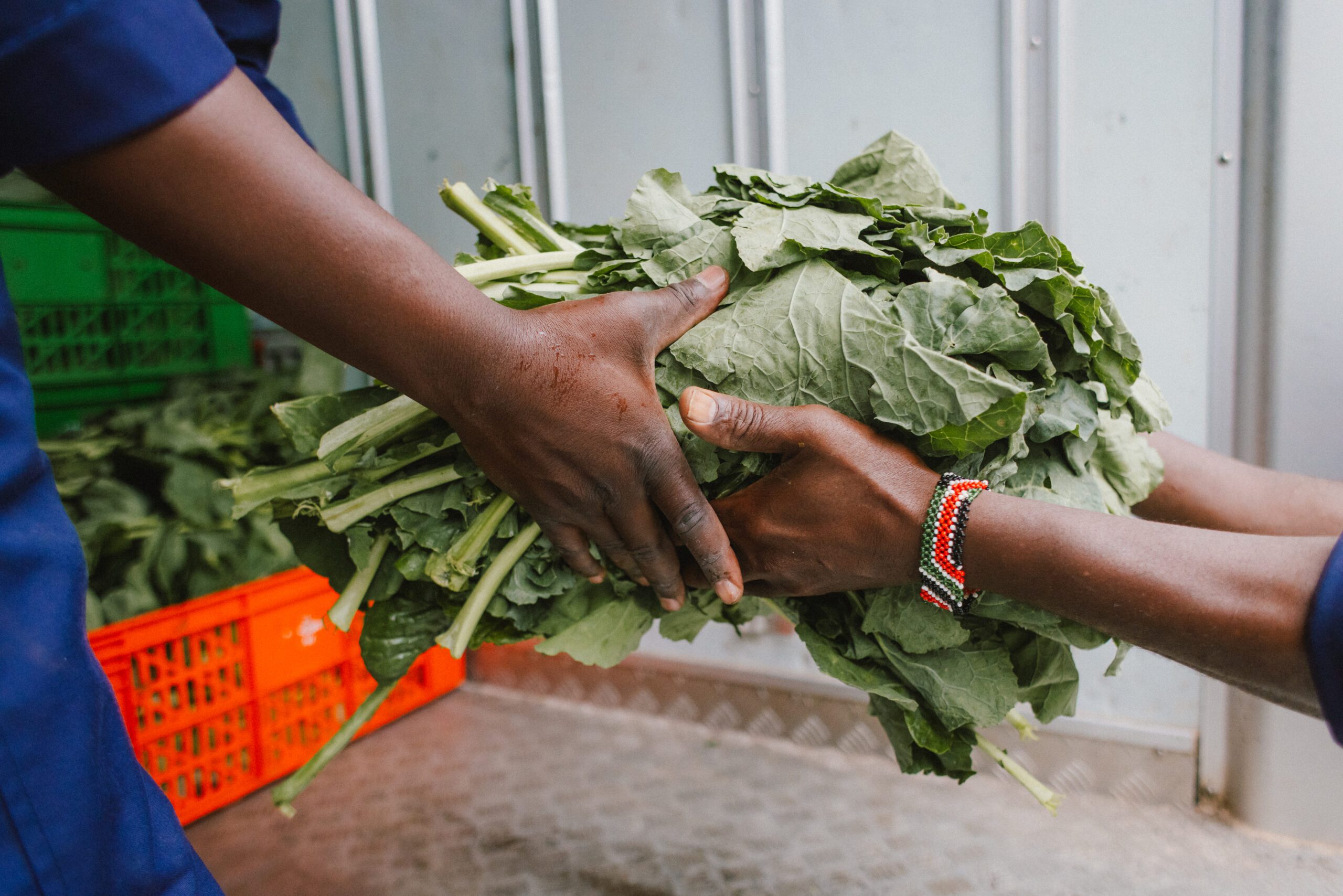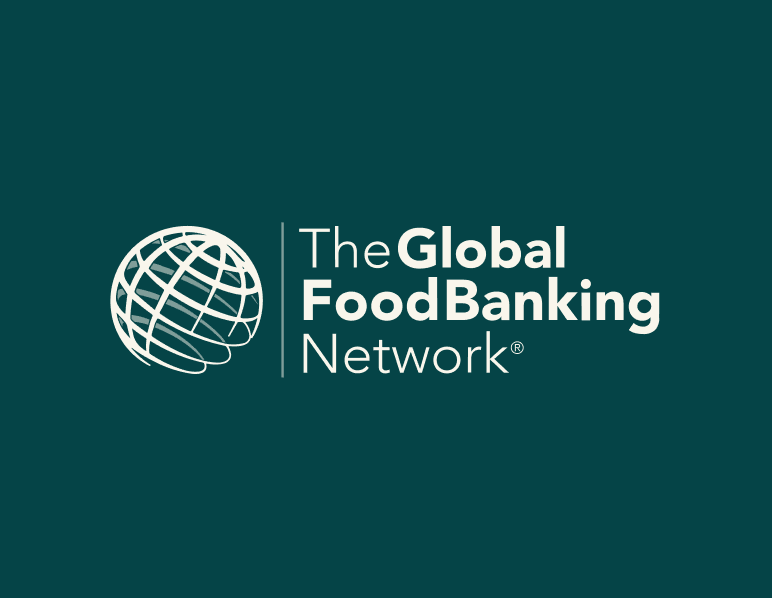Food bankers in Brazil have a philosophy they stick to when approaching Indigenous communities to offer support.
“It’s not me making decisions, it’s the communities themselves,” says Talitta Albuquerque, the director of the Sesc Mesa Brasil food banks in Ceará state.
Sesc Mesa Brasil, the network of more than 90 food banks across Brazil and a certified member of The Global FoodBanking Network, supports Indigenous communities across the country. This type of work has become a focus in Ceará, where the government recognizes 15 different “traditional communities,” a term that is used to describe Indigenous, Afro-Brazilian and other distinct groups of people throughout the country.
For the last decade, the food bank has been building programs with Indigenous and other traditional communities across the state, and each one started with a thorough mapping and analysis, says Paulo Leitão, the social services coordinator who leads outreach in traditional groups.
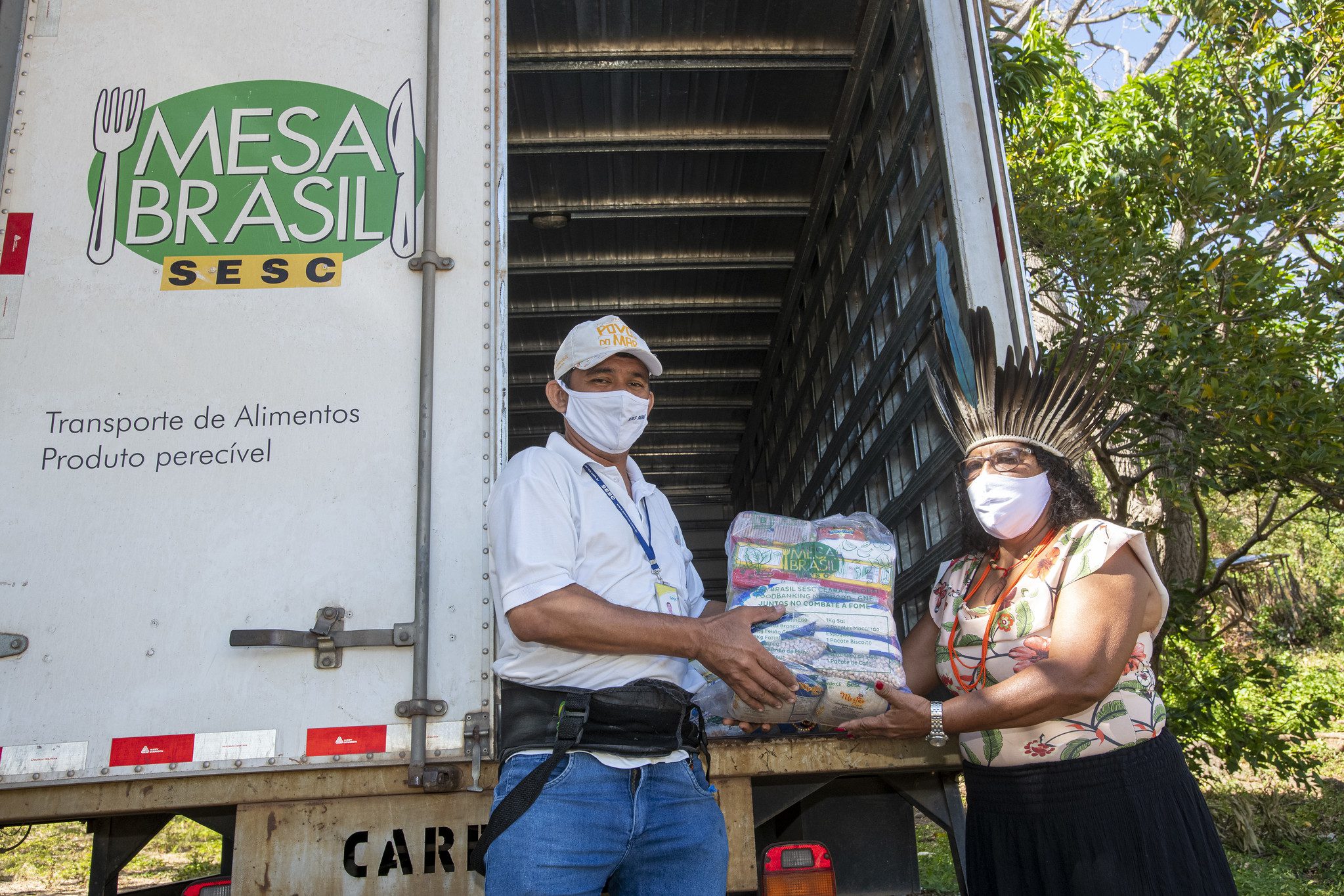
“These communities are deeply connected to their land, and each one has unique ways of organizing themselves and providing and sharing food for the community,” says Leitão.
Understanding these elements is key. For example, food bank deliveries complement or provide ingredients that mesh well into local diets. Mesa Brasil hosts cooking and nutrition classes in many communities, making sure local cooks take center stage.
“When we as a food bank want to deliver food to a community, we must ensure we are not disrupting traditional practices and diets,” says Leitão.
When beginning work with the Cariri community almost a decade ago, Leitão learned that on the high plains, where most of their villages are located, they grew an abundance of cassava, a common root vegetable in their traditional cuisine. Because of that surplus, many villages already had the custom of bartering cassava for fruits from communities in more humid areas or fish from coastal villages to achieve a balanced diet. They always aimed for self-sufficiency and autonomy.
But challenges are increasing.
“Climate change is devastating our biodiversity, and it’s affecting our food security during periods of drought in semiarid northeast Brazil,” says Vanda Lucia Roseno Batista, president of the Association of Cariri Indigenous Peoples, who leads the partnership with Sesc Mesa Brasil.
She says the food bank has constantly adapted to their shifting local needs. Especially in the dry season, the food bank delivers fresh produce to the Cariri village to complement what they grow locally.
“[The support] contributes to the food sustainability of our village year-round,” says Roseno.
Along Ceará’s coast lie many of the villages of the Tapeba people. When Sesc Mesa Brasil began outreach here, they met a teacher, Margarida Tapeba, who was fighting to keep local Tapeba youth in the school. Good, consistent meals are one way to help this.
“The Sesc Mesa Brasil program gives us the opportunity to offer high-quality, nutritious food to students,” she says.
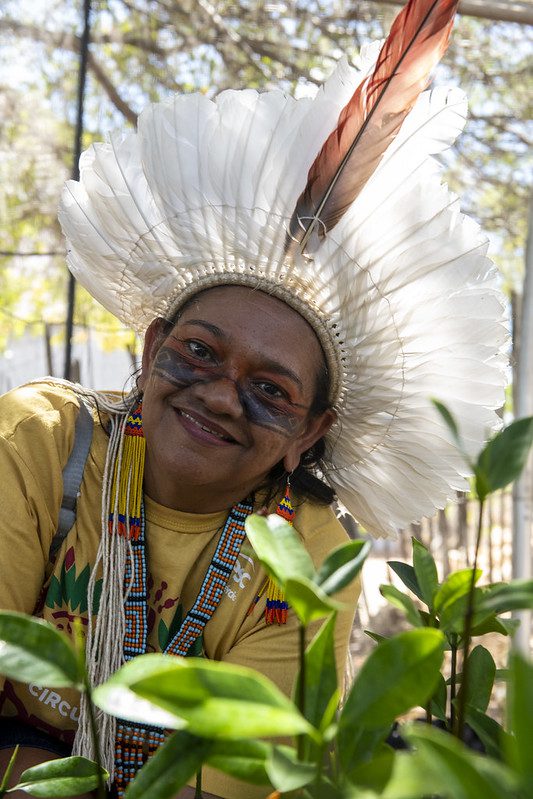
The school feeding program helps ensure the survival of the Tapeba people, she argues, because young people are more likely to lead healthy, prosperous lives within their native lands.
In 2024, food bank programs for Indigenous communities in Ceará state donated 87 tons of food to 14 community-led organizations, providing nutritional and educational support for 2,323 families from seven different Indigenous groups.
Preserving and advancing traditional practices
“You can’t think about Brazil as a nation without our traditional communities,” says Albuquerque. “Our history lies with them.”
In Brazil, the constitution protects the land and customs of traditional communities, which include pre-Colombian Indigenous groups, Afro-Brazilian communities known as quilombolas, and a wide variety of communities like traditional farmers, fishers and artisans.
In Ceará, and much of Brazil, officials attempted to erase traditional communities, starting with Portuguese colonization. Indigenous languages, dress and customs were prohibited until the 1980s. Communities were displaced and robbed of their land, often through deadly force.
“There is much to repair in how we historically treated these communities,” says Albuquerque.
She sees their food banking work as part of a larger national project to preserve and ensure the well-being of traditional communities. Food security and nutrition is an important part of that. Safeguarding and elevating Indigenous food traditions is another element.
The support of Sesc Mesa Brasil “gives us hope, joy and the certainty that we are not alone as traditional communities, and that the dignity of every human being is being preserved,” says Tapeba.
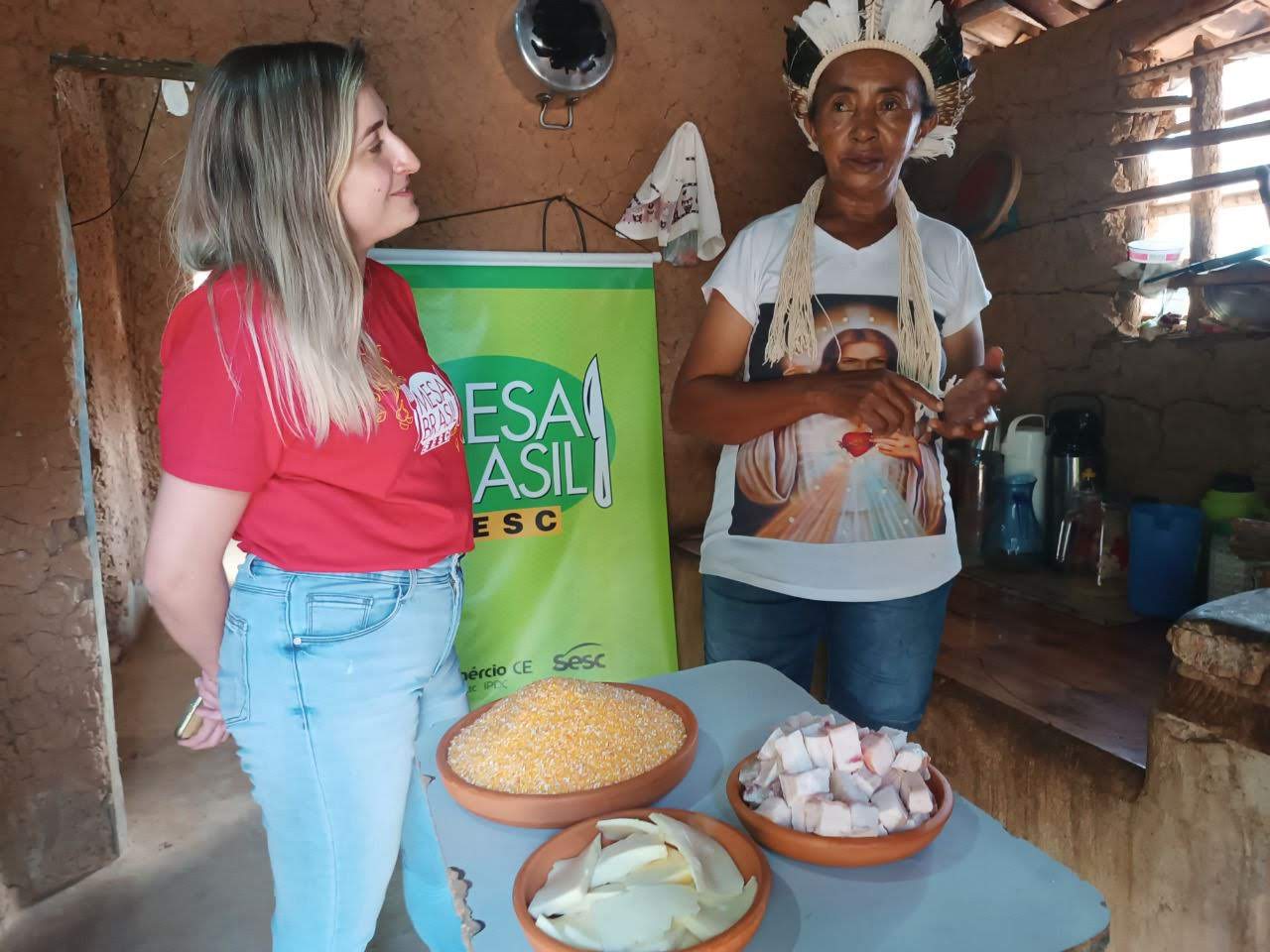
For the last 10 years, Mesa Brasil along with the umbrella social services organization Sesc, has been holding an annual Native Heritage event, where all 15 traditional communities of Ceará state gather for a fair to showcase their customs and culture. Sesc Mesa Brasil organizes food culture workshops at the fair, where a representative of each community teaches their local food traditions and recipes.
Roseno, who is a part of the Cariri community, brings several traditional dishes to the event, displays traditional clay pottery and participates with other women as they perform their traditional danca do coco dance. She says, “The exchange of knowledge between different traditional communities of Ceará has increased the self-esteem of our women and has strengthened our culinary culture and our collective struggle [as Brazil’s traditional communities].”
Tapeba says she appreciates Sesc Mesa Brasil’s holistic approach to support.
“Mesa Brasil is present before, during and after the cultural events, giving a voice to many who, in order to survive, had to remain silent for decades and even centuries,” she says.
Sesc Mesa Brasil in Ceará hopes to continue expanding programs to eventually reach communities of all 15 officially recognized traditional groups in the state. As many of these communities are focused on family farming, they are exploring ways to provide more agricultural support.
“Our goal with all of it is to help these communities be autonomous so in time they won’t need the support of the food bank,” says Albuquerque.
